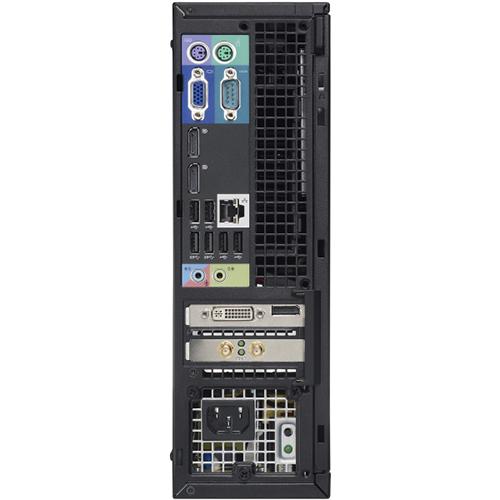


I don't have a Retina display on my Mac, but someone who does claims that even on Retina, he prefers Windows because of the blurriness of the Mac #Turbo boost switcher windows how to (In most Mac apps, it is easy to adjust the size of the text in the main pane, but all the other text and all the other non-textual elements, e.g., icons, stay at the default size.) In contrast, if you can be somewhat picky about which apps you use, text on Windows is just as sharp no matter how big or small you configure the elements on the screen relative to the default size. >Apple has done a great job with their window manager and support for varying DPI between displays. That might be true, but the Mac does a poor job accommodating sub-par or non-standard human visual systems (and I would guess that people who cannot easily control how far their eyes are from the screen - e.g., people living in a small van - would find a Mac frustrating as well relative to Windows). > The high-dpi support really is a big deal.

I owned a Retina MacBook Pro (2015) for a while and my current (Lenovo) laptop has a 4k screen, but I don't think I've ever actually cared about the increased pixel density. The only thing it's ever done for me is increase heat production, decrease battery life, and decrease compatibility (there's Mac software that isn't Retina compatible too, and it looks at least as bad as on Windows). I use 24 inch monitors at 1080p all day and I can see the pixels if I look, but images still look plenty good and text is super readable. I switch between this pixel density and my Pixel 3 XL and while I can definitely notice the difference in density if I look, my productivity isn't affected whatsoever by having a less dense screen.


 0 kommentar(er)
0 kommentar(er)
